.30-30 vs 30-06: Which Round is Best for You?
The world of hunting cartridges in North American is rather large and almost entirely dominated by 30 calibers. America loves our 30 caliber rounds, and we’ve produced dozens of different variants. The ole 30 cal has been a popular choice for hunters as well as for military use and competition shooting. Today’s two cartridges are all American 30 caliber rounds. Both are extremely popular with hunters, and one has a background of successful military service. Our cage match is between 30-30 and 30-06.
.30-30 vs 30-06 Spec Comparison
| Spec | .30-30 | 30-06 |
|---|---|---|
| Bullet Weight | 110 - 170 grain | 150 - 220 grain |
| Bullet Diameter | .308 inches | .308 inches |
| Case Length | 2.039 inches | 2.484 inches |
| Max Overall Length | 2.550 inches | 3.34 inches |
| Case Capacity | 45 gr H20 | 68 gr H20 |
| Max Pressure | 42,000 PSI | 60,190 PSI |
| Parent Case | N/A | .30-03 Springfield |
Why .30-30 vs. 30-06
What’s the point of tossing these two rounds into a frantic deathmatch? Well, first and foremost, they both have a ton in common. Heck, they both start with the ‘30’ designator. Both cartridges are popular hunting rounds with a long history of success in the woods.
The two cartridges are both well over a hundred years old but still going strong. While newer calibers sprout up yearly, these two old dogs have long held their place among hunters and shooters.
The 30-30 and 30-06 are both American-made rounds that have been successful both in and out of the United States. While these two heavy hitters have a lot in common, you’ll soon discover they are also very, very different rounds. Similarities and differences are what make these grudge matches exciting.
From a personal perspective, I have a long history with both calibers. My first deer was taken using my dad’s ancient Winchester Model 70 in 30-06. I’ve also hunted extensively in the swamps of Florida armed with a Marlin lever action 30-30. I have a special place in my heart for both cartridges, which often defies ballistic logic.
.30-30 Cartridge Review
Let us start off with the .30-30 review. Below we are going to look into the history and purpose of this cartridge and the best ammunition for every situation.
History and Purpose
The .30-30 was originally created by Winchester in 1895 for the Winchester 1894 lever-action rifle. .30 Winchester Center Fire and .30 Winchester Smokeless are two other names for the .30-30. However, those two names have seemingly fallen out of favor, with the ‘Thirty-Thirty’ being the dominant name for the round across North America.
The first 30 stands for the size of the projectile, making it a 30 caliber projectile. The last 30 is in regards to the 30 grains of smokeless powder that propels the cartridge. This naming convention came from the 19th-century tradition of naming calibers after the projectile size and grains of powdered used to propel the cartridge.
Winchester loved their lever-action rifles, and that guided the rounds design. The .30-30 has a very prominent rim for extraction and ejection purposes. Lever actions also require a rounded projectile for safety’s sake. Tubular magazines stack rounds with the head of a projectile resting on the primer of the next. A pointed ‘spitzer’ bullet could theoretically set off the round in front of it.
From the cartridge’s inception, the .30-30 was designed as a hunting round. It’s considered an entry-level big game caliber. It’s been very popular with deer, hog, and moose hunters and as a brush gun.
Best 30-30 Cartridges
Best for Hunting
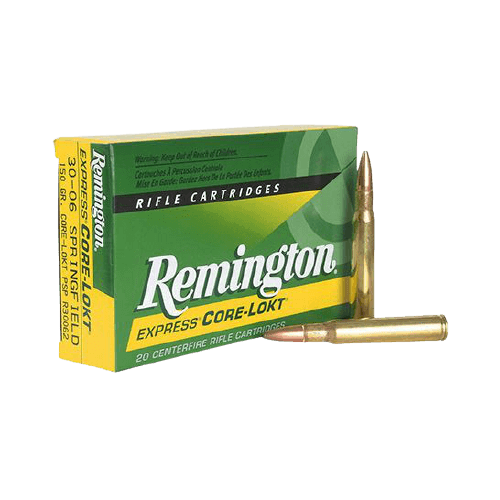
Remington 30-30 Win 150gr
Marketplace |
Cost Per Round |
| Palmetto State Armory | $1.08 |
| Brownells | $1.35 |
Best for Hunting
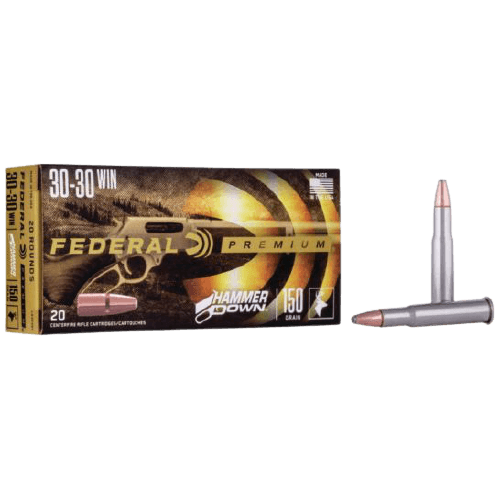
Federal 30-30 Win 150gr
Marketplace |
Cost Per Round |
| Palmetto State Armory | $1.29 |
| Brownells | $1.65 |
30-06 Cartridge Review
Now we will look at the 30-06 starting off with the history and purpose of this cartridge and some great ammunition to consider.
History and Purpose
Whenever someone says ‘30-06,’ I hear a harmonic voice saying “America!” Springfield Armory, the actual government armory, designed and developed the round. Like everything Springfield developed, the round was purposed for military use. As armies began modernizing, smokeless powder and lighter-weight bullets became the norm, as did ‘spitzer’ projectiles.
The 30-06 Springfield became the round fired by the Springfield 1903 bolt action rifle, and later the M1 Garand. A number of American allies also used the cartridge in a post-World War 2 environment. The round served until the end of the Korean war before being replaced by the 7.62 NATO cartridge in American armories.
Interestingly enough, the massive amount of surplus brass that leaked into civilian hands helped propel the round beyond military service. Oddly enough, the first sporting rifle designed for the 30-06 was the Winchester 1895. The 1895 had an integral box magazine that made chambering spitzer projectiles safe.
Hunters adopted the 30-06 in mass, and the old warhorse became a popular round for medium to large game hunting. The power of the 30-06 is what made it so successful and capable in the hands of hunters across North America.
Best 30-06 Cartridges
Best for Hunting
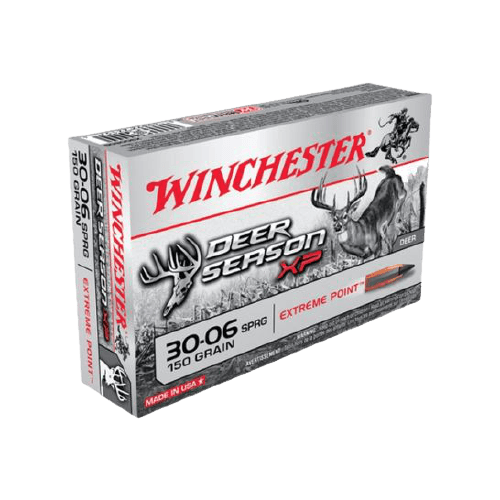
WINCHESTER DEER SEASON XP 30-06
Marketplace |
Cost Per Round |
| Brownells | $1.95 |
| Palmetto State Armory | $1.10 |
Best for Hunting
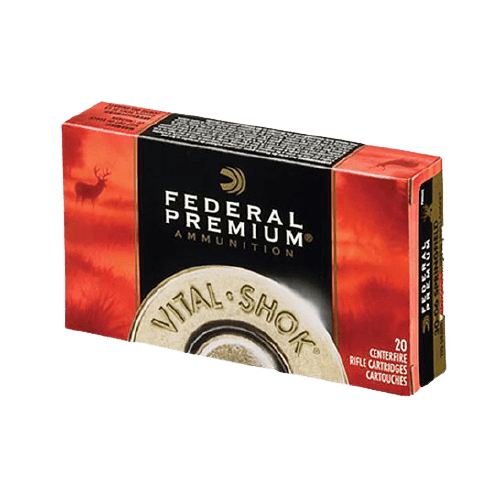
FEDERAL 30-06 180GR
Marketplace |
Cost Per Round |
| Brownells | $2.60 |
| Palmetto State Armory | $1.91 |
.30-30 vs 30-06
These two 30 cal killers have been trading blows silently for years. What’s interesting is that the rounds are somewhat similar, but oh so different. The difference is often regulated to the effective range, rifle selection, and how the hunter intends to use the round.
Both are well respected, and often environment, culture, and hunting laws will often influence one’s choice over another. Today we are not necessarily going to discuss factors like culture and hunting laws. We are going to be looking at raw data, numbers, and various other impact points shooters will seriously need to consider.
What’s interesting is that for most people, you’ll be successful with either caliber. One caliber may make the hunt easier than the other, but there won’t be such a massive difference that you’ll fail if you choose the wrong caliber.
Beyond hunting, the two calibers are a bit expensive to plink with. .30-30 has been used for handgun silhouette shooting, but even then, it’s an uncommon caliber in an uncommon sport. The 30-06 sees some action in the NRA High Power competition shooting. Old service rifles see lots of love in these competitions, and you can’t have old service rifles and not have a 30-06 present. In both of these competitive situations, neither round can compete against each other simply due to the rules of the respective contests.
Ballistics Rundown
Since the 30-30 was designed with lever-action rifles with tubular magazines, the bullet uses a rounded projectile. The .30-06 is not restricted to a rounded bullet, so it uses a ‘spitzer’ projectile that is pointed at the tip. This is one of the biggest visual indicators out there, but it goes well beyond visual.
The spitzer projectile, as well as the longer case length and allowance for more powder, allows the .30-06 to have a clear ballistic edge. A 150 grain round from the .30-30 leaves the muzzle at right around 2,400 feet per second. A 150 grain 30-06 round leaves the barrel at right around 2,900 feet per second. That 500 fps difference is massive.
Most .30-30 loads drop below supersonic before they hit the 400-yard line. With modern loads, the 30-06 can remain supersonic out beyond 1,000 yards. That’s an insane difference that should be noted.
That increase in velocity means a substantial increase in energy on target as well. Let’s use that 150-grain projectile once more. A 150 grain 30-06 round is hitting its target with 2,820-foot-pounds of energy. A 150 grain .30-30 round is hitting its target with 1,903 foot-pounds of energy. A near 1,000 foot-pounds of energy is substantial and allows the 30-06 to kill game at various ranges with greater efficiency.
The 30-06 is certainly the more powerful cartridge than the .30-30 and offers greater range and more efficiency. However, long-range hunting isn’t the same as long-range shooting. An animal isn’t a steel target; it’s a living, breathing thing that should be taken humanely. With that in mind, most hunters won’t take a shot beyond 300 yards. Skilled shooters can reach out to 500 yards humanely.
For those skilled hunters, the 500-yard shot will be better accomplished by the 30-06. That’s a small minority of hunters, and most will be taking their shots at 300 yards max. Inside of 300 yards, both the .30-30 and 30-06 are capable of taking similar-sized game humanely.
Outside of hunting, the 30-06 is better for long-range shooters and offers a more versatile option for various uses. The .30-30’s limited range does limit its versatility.
Recoil and Muzzle Rise
All that power that comes from the 30-06 comes at a serious cost. The 30-06 is a shoulder thumper, especially in modern lightweight hunting rifles. That roar and kapow the 30-06 offers is felt at both ends. The .30-30 is no lightweight, but the recoil is roughly half that of a 30-06.
The lighter recoil is accompanied by a lighter muzzle rise. .30-30 is frankly somewhat pleasant to shoot. It’s much softer, and that’s where we see the benefits of the .30-30 design. A lever gun chambered in .30-30 can be a rapid-firing weapon. The lever design combined with limited muzzle rise and recoil gives you more effective follow-up shots.
Ballistically, the 30-06 is more powerful at all ranges. However, when you factor in practicality, the .30-30 gives you faster follow-up shots in case of a miss, multiple targets, or a non-killing shot. At close range, that fast follow-up shot might be a must-have to put down an attacking animal as well.
The 30-06 does become much easier to control in semi-auto platforms, but the recoil is still very present and noticeable.
Rifle Selection
When it comes to raw rifle selection, the 30-06 offers you more options overall. This includes a smattering of bolt action rifles. You can go high-end with Remington 700 and Model 70s from Winchester, or go affordable with a Savage or Mossberg bolt action. On top of bolt actions, you can still find lever actions from Browning in 30-06.
Don’t forget semi-autos like the M1 Garand, the Browning BAR, and even some custom shops producing 30-06 AR 10 designs. On the opposite side, single shots are also easy to find in 30-06.
The .30-30 was born for lever actions, and lever actions make up the bulk of guns you’ll find in .30-30. However, single shots and even single-shot pistols exist. Decades ago, Mossberg produced bolt action .30-30s, and that is about it. The .30-30 doesn’t have the same love or popularity of the 30-06 to generate a wide variety of different rifles.
Price
Price-wise the two rounds are nearly identical. High-quality hunting loads all cost a buck and up, and most rounds only see a difference of a few cents. If you can find surplus 30-06 loads, they’ll often be a good bit cheaper, albeit some are corrosive, so clean your barrels boys and girls.
Our Take
Both the .30-30 and 30-06 are excellent medium and large game hunting rounds. They both have long, rich histories that make them interesting from a historical perspective as well as being ballistically capable. If you are looking to choose between one or the other, then there are certain considerations to make.
The .30-30 is what we call a brush hunting cartridge. Brush hunting is common in the Southeast and often involves thick woods, with short-range shooting being the norm. Brush hunting often requires a hunter to be capable of shooting accurately and rapidly with a decisive cartridge at close range. A lever-action chambered in .30-30 is perfect in this role.
The .30-06 is a great cartridge for hunting over plains and open ground environments. It packs a good punch and remains supersonic at 1,000 yards with a heavy 30 caliber projectile. The 30-06 is a powerful cartridge that gives shooters the range and power needed to efficiently take game at several hundred yards. The extra power ensures a humane kill and often gives shooters a high degree of lethality even when the shot isn’t perfectly placed.
30-06 also gives you a round used in common rifle competitions. For shooters who want a common round they can use to hunt, to compete, and to shoot at relatively long ranges, then the 30-06 is the way to go.
Old School Cool
Gosh, America is a great county. We make some cool guns and some awesome rounds. These rounds are centennials now and are still dominating and taking deer yearly. Both the 30-06 and .30-30 share rich histories complemented by excellent ballistic performance. You really can’t lose with either cartridge, but take note of the defensive roles they excel in.
Recent Posts
September 28, 2025
September 27, 2025
September 27, 2025
September 25, 2025

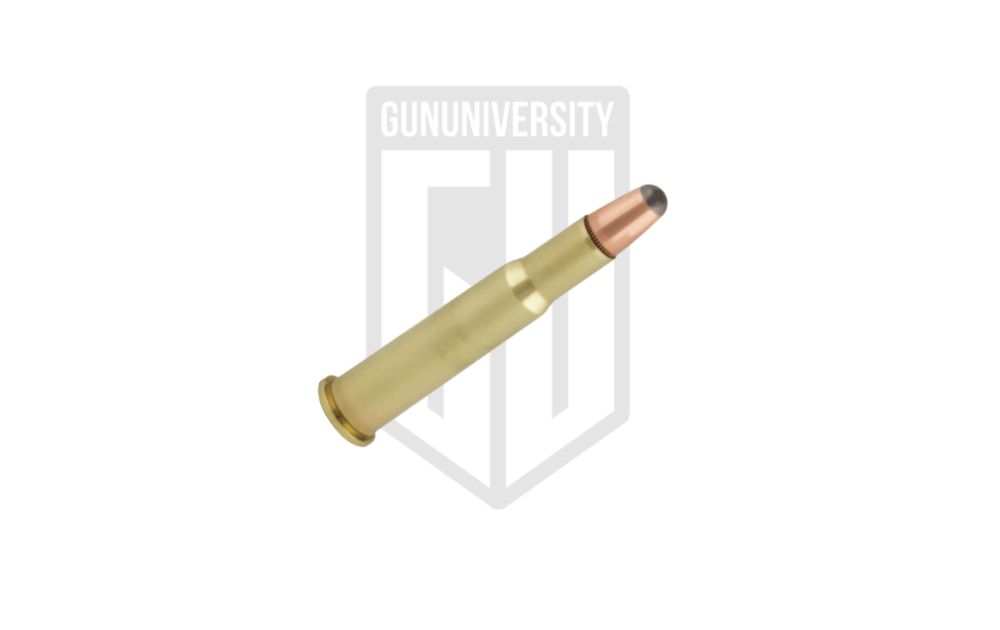

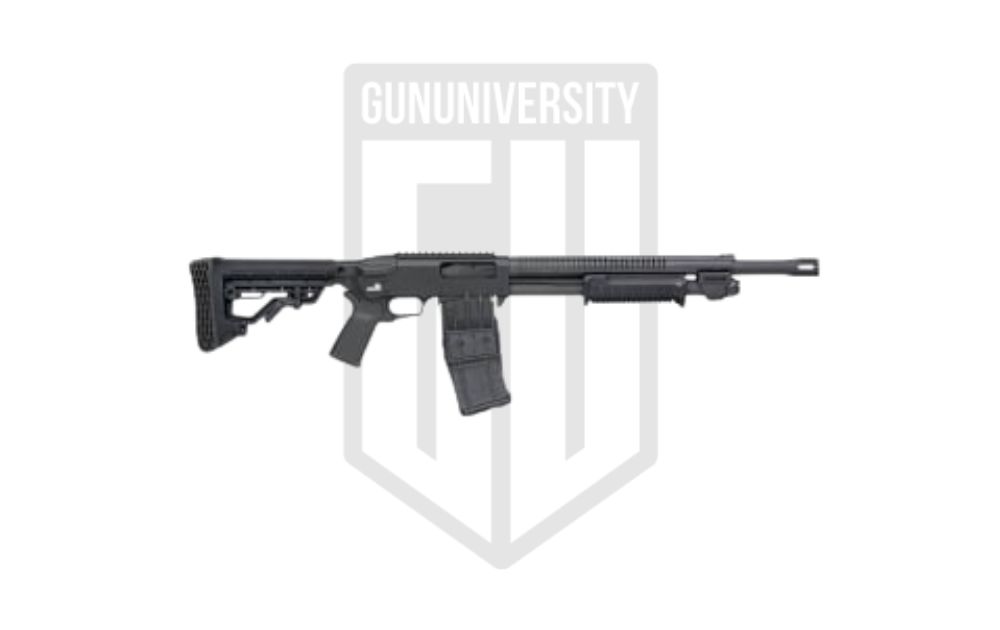
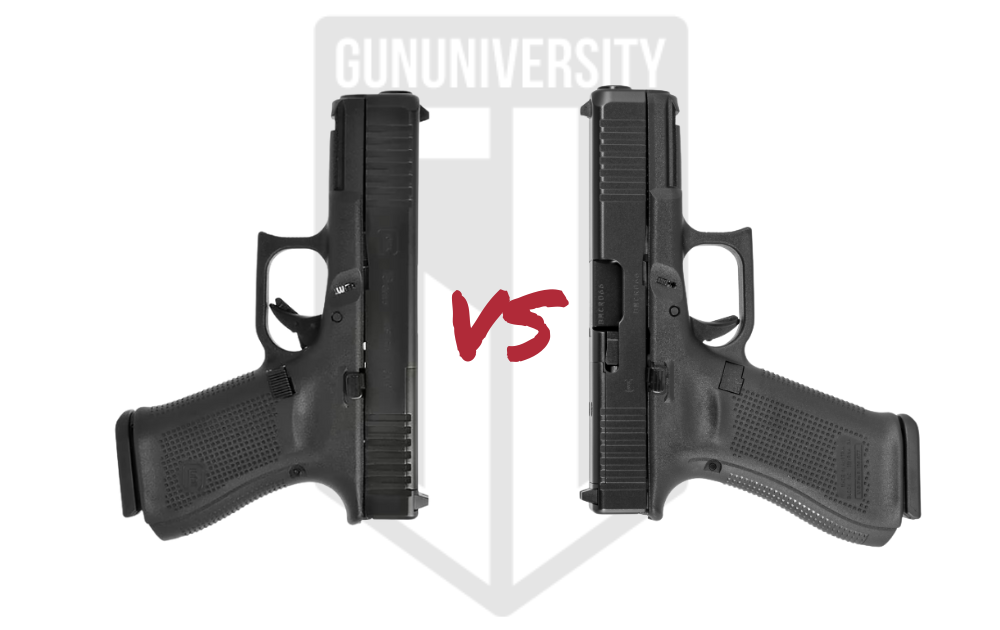
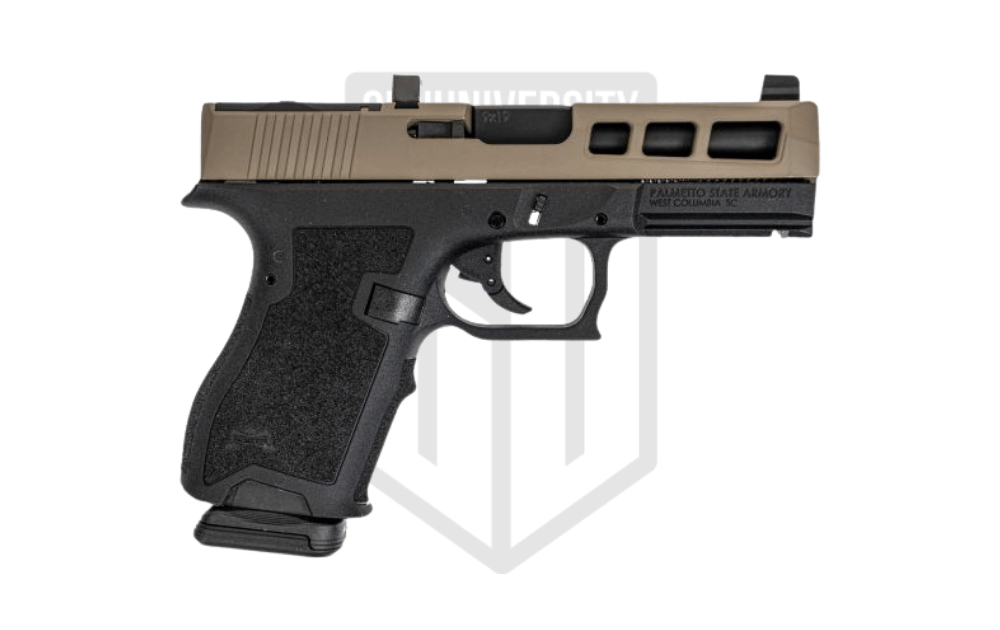
![7 Best Short-Barreled Shotguns in 2025 [Our Picks]](https://gununiversity.com/wp-content/uploads/2025/01/Short-Barrel-Shotgun.jpg)